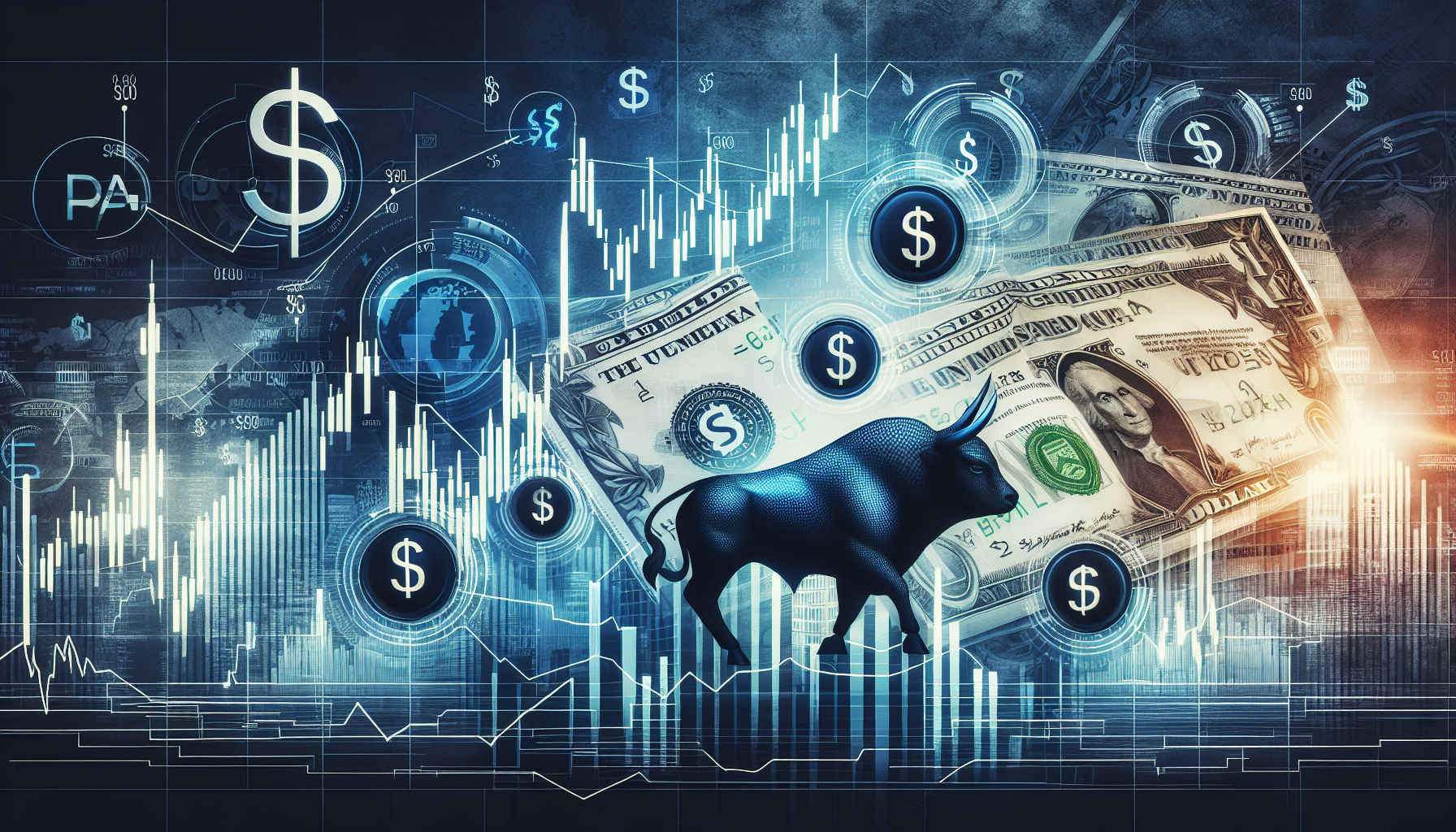
tl;dr
BDACS, a licensed crypto custodian in South Korea, has launched support for XRP as part of its partnership with Ripple. This allows institutions to securely store and manage XRP via Ripple's institutional-grade Custody platform, which also supports Ripple’s stablecoin RLUSD. BDACS has integrated wit...
BDACS, a licensed crypto custodian focused on South Korea’s institutional market, has officially launched support for XRP. This milestone marks the first tangible outcome of BDACS’s partnership with Ripple, announced in February 2024. XRP’s addition enables institutions to securely and compliantly store and manage one of South Korea’s most popular digital assets through Ripple’s institutional-grade Ripple Custody platform, which also supports Ripple’s enterprise stablecoin, RLUSD.
BDACS has integrated with leading Korean crypto exchanges such as Upbit, Coinone, and Korbit, facilitating seamless access to XRP across the country’s most liquid trading venues. This collaboration aligns with South Korea’s Financial Services Commission’s regulatory roadmap aimed at accelerating institutional adoption of digital assets. Moreover, BDACS’s mission extends beyond custody services to fostering innovation on the XRP Ledger, particularly in tokenization and stablecoin applications.
Market research highlights the promising future of crypto custody, projecting management of up to $16 trillion in assets by 2030, with tokenized assets representing a significant portion of global GDP. Fiona Murray, Ripple’s Asia-Pacific managing director, emphasized growing institutional demand driven by evolving regulations in the region. BDACS CEO Harry Ryoo affirmed the partnership’s goal to expand and enhance the digital asset ecosystem, complementing BDACS’s existing presence in Busan’s blockchain-friendly zone and partnerships with Avalanche and Polymesh.
On the market front, XRP has drawn international attention after surging past $3.6 and setting a new all-time high following a dramatic 500% rally post-U.S. elections. However, a recent USA Today article praising XRP’s utility and regulatory environment labeled it a “former meme coin,” sparking backlash for downplaying its legitimacy. Historically, mainstream enthusiasm like this—echoing sentiments from outlets such as The Motley Fool—has often signaled market tops, leading some observers to treat this positive media coverage as a potential warning of a near-term peak for XRP in 2025.